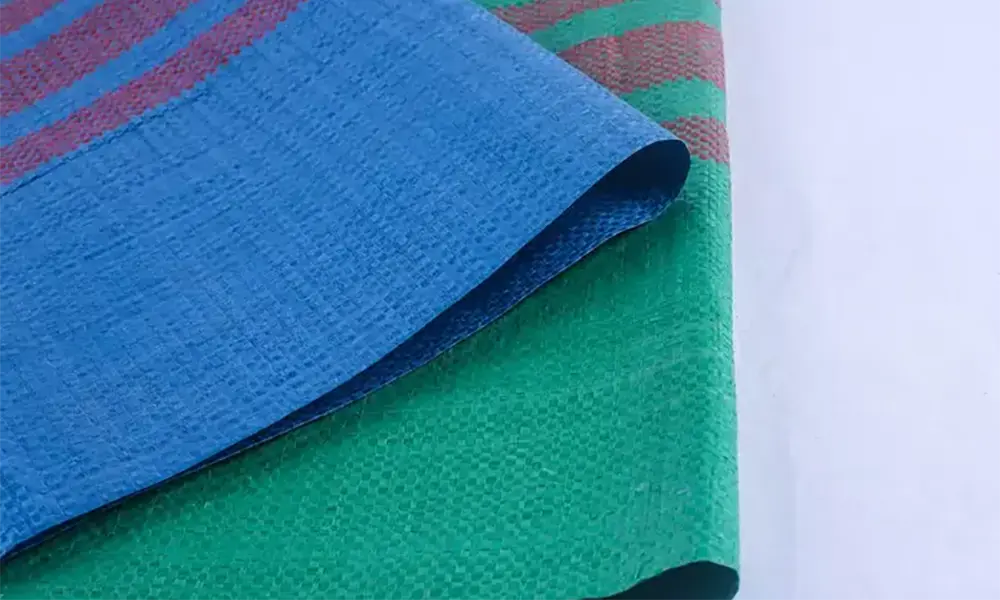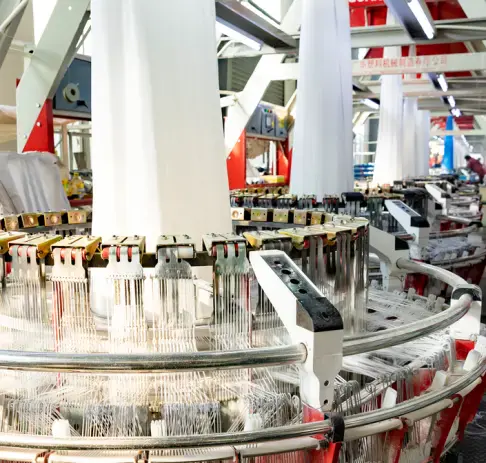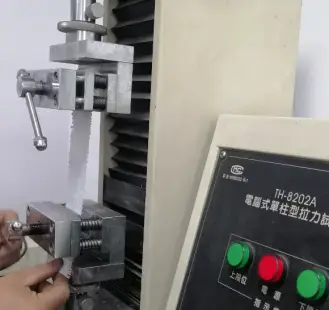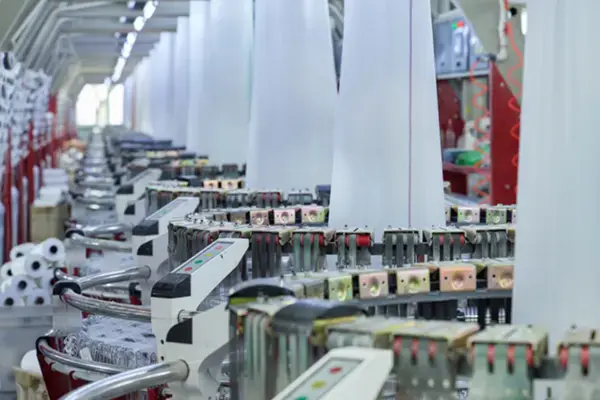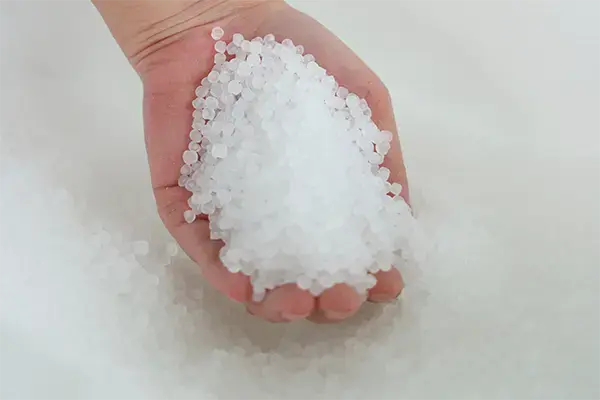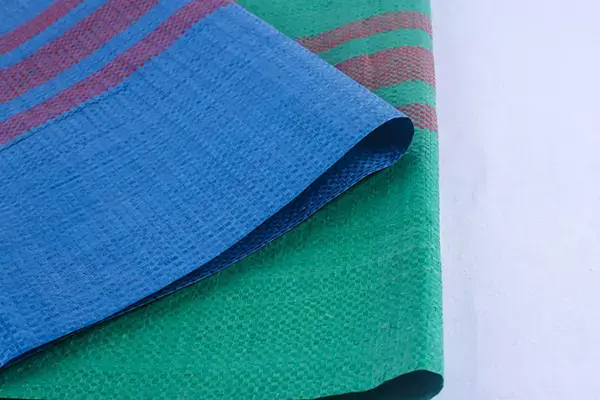3. when weaving warp, weft at the same time the possibility of broken wire is small, this situation is generally the accidental stabbing of the woven fabric.
4. since the woven warp and weft at the same time the possibility of breaking small, why do we have to specify this indicator? This is due to the tensile test strength of the part of the warp and weft at the same time broken wire is low, more importantly, when the drop test, warp and weft at the same time broken wire will expand into a hole and leak material.
Standards for plastic woven bags:
National standard GB/T8946-1998, "the bag will be flattened, in the bag of the upper, lower two diagonal circled 100mm × 100mm two squares, the outer edge of the square and the bag edge line 100mm apart, visually inspect the square of the warp, weft root, take the average, counting when the final point of less than one, according to a count. "The national standard specifies the woven density at the same time, specifying the density tolerance. Woven density depends mainly on the packaged product and is decided by the user.
Then we are to understand the parameters of the woven bag: commonly used woven fabric density is 36 x 36 roots/10cm², 40 x 40 roots/10cm², 48 x 48 roots/10cm².
1. Weave density tolerance.
Woven density tolerance refers to the number of roots that are more or less flat than the given standard woven density.
2. Woven fabric unit area mass.
Woven fabric weight per unit area is expressed in square meters of grams, is an important technical indicator of the woven fabric. Square meter weight number mainly depends on the warp and weft density and the thickness of the flat wire, square meter weight number affects the tensile strength of woven fabric, load capacity, square meter weight number is a major part of the production enterprises to control costs.




